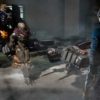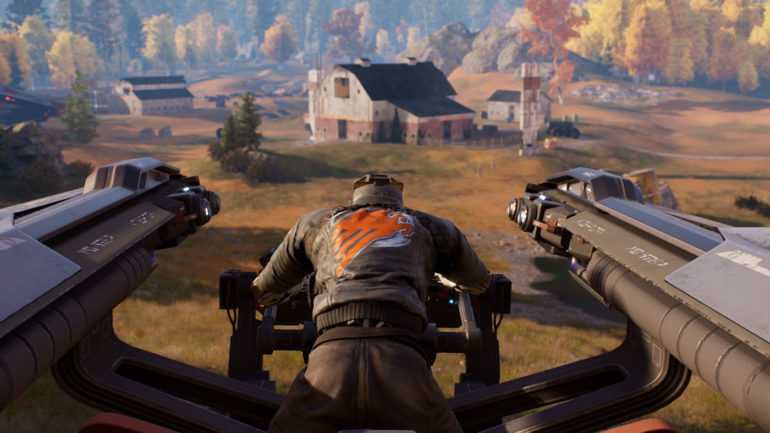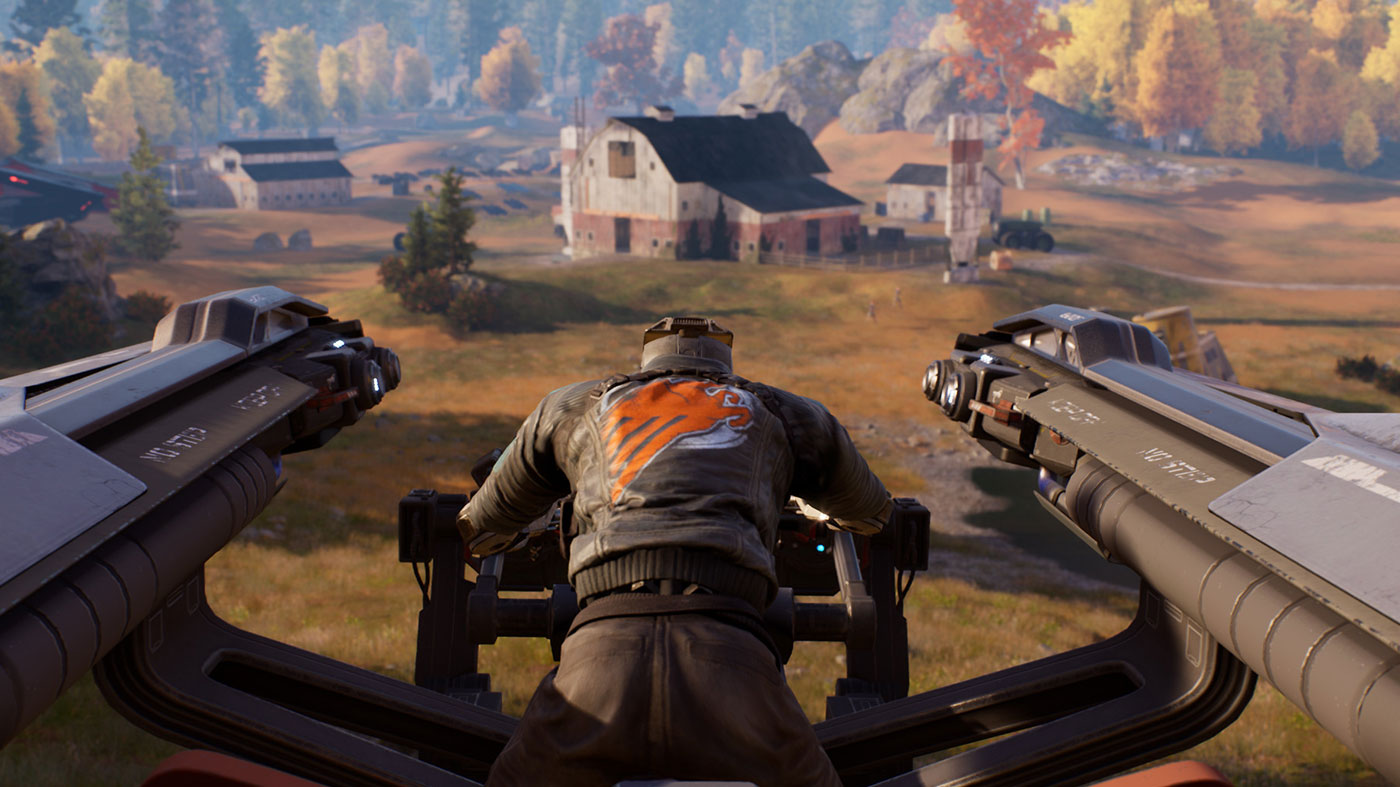Disintegration is one of those games that’s highly enjoyable in the moment, and whose issues only become really apparent when you think back on the experience. It has many great qualities – a novel gameplay concept, an excellent sci-fi premise, and technical competency. But the whole package altogether is less than the sum of its parts, with only a few things that kept it from being truly great. Despite that, the gameplay is still worth checking out, doubly so for the multiplayer, which sheds many of the problems of the single-player campaign.
Transhumanism is a pretty old concept in sci-fi, the question of what makes humans human, and where, if it exists at all, is the line at which you stop being human? Disintegration takes a small dip into this topic, with characters in the game reflecting on their lot as machines with human brains and how that affects them. Listening to robots wax lyrically about the times when they were flesh, and how they can’t wait to get back to that life, is a good time when it does happen.
Like most aspects of the game though, it doesn’t go very far with the concept. Minor details about how characters think or feel about their respective situations are briefly mentioned in fleeting moments of dialogue between missions, and that’s about it. The story is all there, it has solid characters, hits the right beats, and even throws in the flavouring of “what is a man?” If that’s all you’re looking for in a game then Disintegration has you covered, just don’t expect any particularly deep thoughts.
The game itself comprises a campaign and multiplayer mode, with the multiplayer mode just being distilled PvP versions of the campaign missions. That being said, the multiplayer is likely where the game shines the most if only because it’s free of the campaign narrative and the gameplay is allowed to stand on its own. I’ll get into why that is, exactly, but the issues of the campaign will make it clearer.
Hybridising FPS and RTS elements, players hover above the battlefield on a gun-equipped hovercraft, called a Grav-cycle, in first-person view while controlling a crew of bots (both literally and figuratively) using RTS controls. It might sound messy, but it really doesn’t take long at all to pick up, and it’s a credit to the dev team that it works as well as it does. The FPS stuff is fairly standard, except for being permanently strapped to a vehicle, and anyone who’s played a shooter before should have no trouble adjusting. The only problem that you might run into is getting the hang of handling your altitude at the same time as normal WASD movement. With some rebinding of controls and a bit of persistence, I was able to get past this issue but it was still something I occasionally stumbled on.
The RTS controls are closer to being styled on MOBAs rather than your traditional RTS. Imagine controlling a group of creeps instead of a single hero, with each of those creeps having an ability each that you can pop off now and again. You also can’t control where individual units go, they all move as a group and need to be managed as such. In a way, it works well with the FPS aspect of the game as it means your attention isn’t fully taken up by controlling your group, allowing you to get involved in the fight yourself. At the same time, however, your units can die pretty easily if left to their own devices for too long. There are also times when the game pushes the need for use of your crew as opposed to running into things yourself, and a decent balance is struck between the two.
The scanner is a great idea that was poorly implemented, and a source of most of the frustrations with the gameplay. The scanner is the only way to get a highlight border to appear around friendly and enemy NPCs alike. This is important because NPCs easily blend into the environments and get lost in fights when you’re always looking down on everything. However, those outlines disappear when you stop using the scanner, and you can’t use your weapons or issue attack commands to your units with the scanner open. The only time it’s useful is when you’re scanning for objectives, for which the same assets get used throughout the campaign and can be easily identified on-sight by the fourth mission. You still need it, however, to do anything with those objectives. The result is that one of the game’s main mechanics can feel like exploratory busywork at best, and an active hindrance in combat at worst.
Disintegration does lack some tactical depth. You can’t put your units into cover, for instance, you can only tell them to stand near where there is cover and hope that they’ll use it. As mentioned previously, you also have to control them all as a single group rather than individual units. This means things like firing from overwatch, creating overlapping fields of fire, and there’s no micro-level gameplay present at all. As the game progresses, you’ll also discover that you can’t customise your crew beyond generic upgrades to existing abilities, nor can you choose who is in your crew at any one time. That’s all determined by the narrative, which, as mentioned, isn’t the game’s strongest area. The game can still be played and enjoyed without these things, but as time wore on I found myself wanting some of this stuff for more variety in each mission. Moreover, this is the kind of stuff I hope to see from the inevitable sequels that will follow.
I also think that the Thunderhead enemies look a lot like the MUTOs from Godzilla (2014). That isn’t a criticism or a compliment, I just really had to get that off my chest.
Now, to the multiplayer and why it’s actually the strongest part of the game. The problems with not being able to discern enemy units, or your own from the environment? Gone. The crews available in multiplayer tend to be brightly coloured or uniquely designed, making them way easier to spot at a glance. You’re still not able to customise the loadouts of your crew, but you can switch to another crew with a different unit composition, and everyone has access to the same crews. The gameplay sheds the need for narrative trappings and lets you just focus on the gameplay, which is made immensely more enjoyable and challenging for having a human opponent. All around, it’s just a far more enjoyable experience than the campaign is and is probably more worth your time.
THE PC VERSION OF THIS GAME WAS PLAYED FOR THE PURPOSE OF THIS REVIEW. A DIGITAL REVIEW CODE WAS PROVIDED BY THE PUBLISHER.








